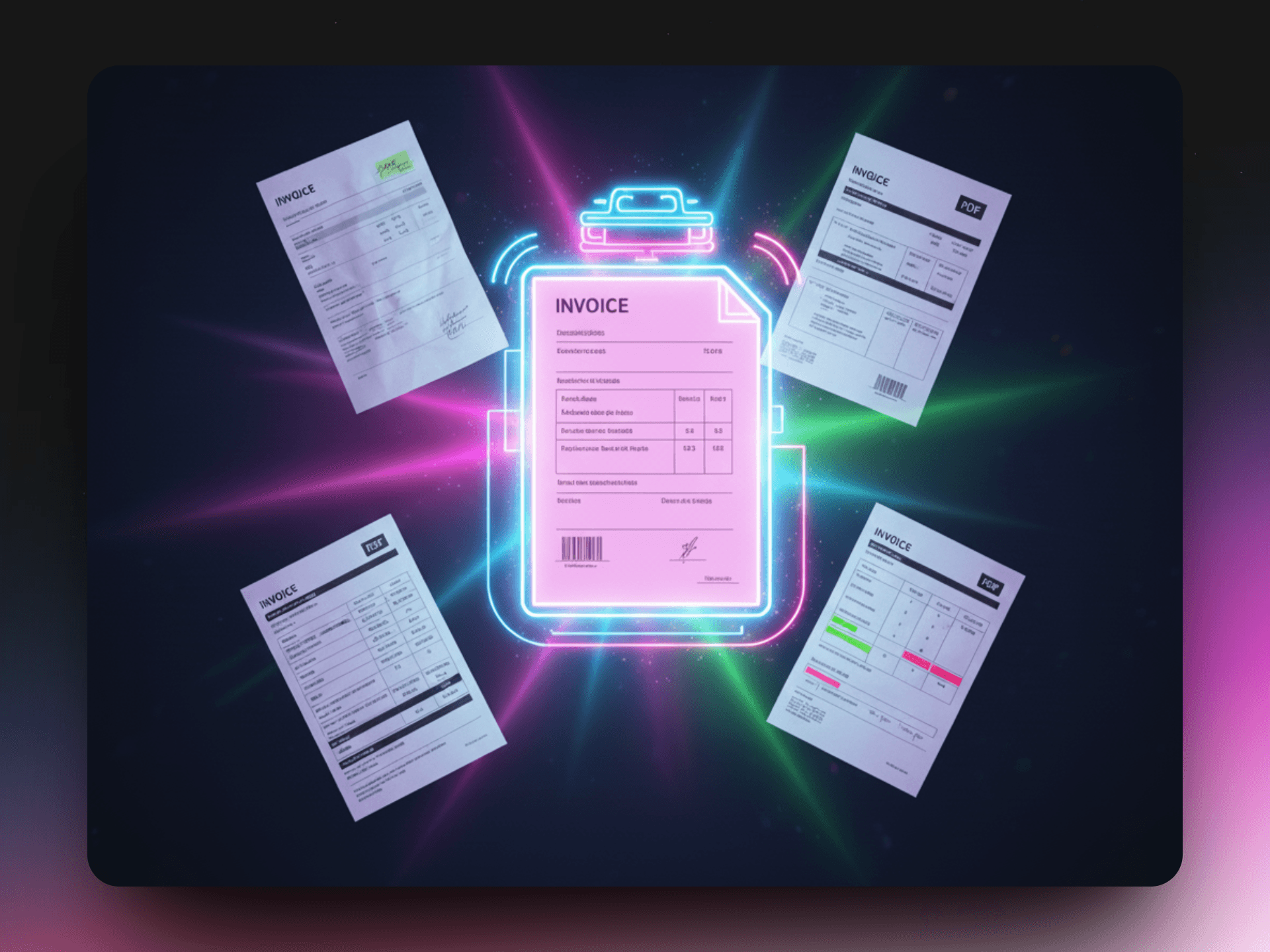Our stories unfold
Dive into comprehensive resources, hands-on tutorials, and inspiring case studies that showcase how Intelligent Automation and AI Agents are revolutionising enterprises, streamlining processes, and building more intelligent organisations.
...












